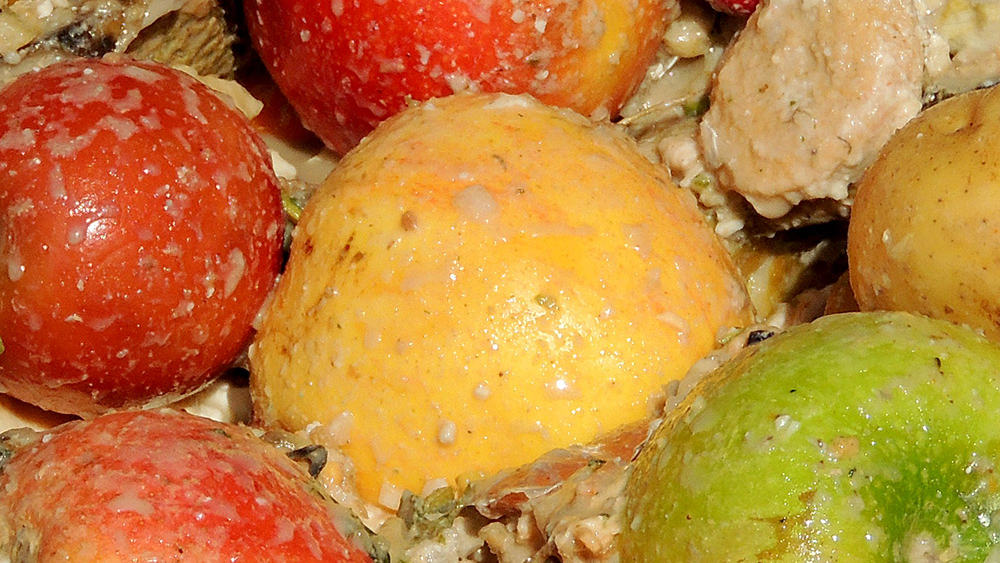 BioCycle recently reported on the mid-August (2021) release of two U.S. Environmental Protection Agency (EPA) “emerging issues” reports — commissioned by EPA’s Office of Research and Development (ORD) — related to plastic and persistent chemical contaminants in food waste streams. A third report in the series, Emerging Issues in Food Waste Management: Commercial Pre-Processing Technologies, was released later in September. It summarizes available data on food waste technologies used by businesses and institutions to preprocess food waste on-site. The report sought “to assess the environmental value of commercial food waste preprocessing technologies to understand whether (and, if so, under what conditions) each class of these technologies can enable or increase the recycling of food waste; and/or reduce the overall environmental impact of food waste,” notes the Executive Summary. Findings are intended to “inform whether policymakers should encourage the use of each class of preprocessing technology.”
BioCycle recently reported on the mid-August (2021) release of two U.S. Environmental Protection Agency (EPA) “emerging issues” reports — commissioned by EPA’s Office of Research and Development (ORD) — related to plastic and persistent chemical contaminants in food waste streams. A third report in the series, Emerging Issues in Food Waste Management: Commercial Pre-Processing Technologies, was released later in September. It summarizes available data on food waste technologies used by businesses and institutions to preprocess food waste on-site. The report sought “to assess the environmental value of commercial food waste preprocessing technologies to understand whether (and, if so, under what conditions) each class of these technologies can enable or increase the recycling of food waste; and/or reduce the overall environmental impact of food waste,” notes the Executive Summary. Findings are intended to “inform whether policymakers should encourage the use of each class of preprocessing technology.”
Five general categories of these technologies were studied:
- Grinders that mechanically reduce the volume of food waste by macerating it into a slurry
- Biodigesters, which biologically treat food waste under aerobic conditions with additives like microbes, enzymes, and fresh water to digest the waste into a slurry
- Pulpers that mechanically reduce the volume of food waste by compressing it into a semi-dry pulp
- Dehydrators, which thermally treat food waste to evaporate the liquid and create a dry pulp
- Aerobic in-vessel units that use the natural aerobic decomposition process and bulking additives like sawdust to create a semi-dry product that requires further curing
A 2-page overview of the report highlights that “sending additional organic waste — high in biological oxygen demand, total suspended solids, and fats, oils, and grease — down the drain raises potential environmental challenges, such as fugitive methane emissions; reduced biogas potential; increased energy use; pipe clogs or corrosion; operational issues, especially in low flow or aging systems; and increased pollution in discharges from combined systems. Pulpers and dehydrators remove water from the food waste and typically send this water down the drain, which may raise similar concerns.”
Based on the current state of available research, EPA notes that it “cannot conclude whether the environmental benefits of preprocessing commercial food waste (and sending the preprocessed waste to a composting or anaerobic digestion (AD) facility, water resource recovery facility (WRRF), landfill, or incinerator) are greater than simply hauling unprocessed waste directly to the intended destination. EPA encourages the diversion of food waste streams to composting or AD operations, rather than landfills and incinerators, but cannot yet conclude whether or how the use of preprocessing technologies changes the environmental benefits or impacts of these choices. Scientifically rigorous data are needed to complete a life cycle assessment of the use of on-site preprocessing technologies in addition to, or in lieu of, traditional food waste pathways.”
Priority research gaps identified include:
- Independently verified operating and performance data for preprocessing technologies
- Measurement of fugitive methane emissions from sewer conveyance of food waste
- Comparative analysis of biogas potential of food waste that has been unprocessed, preprocessed by grinder, or preprocessed by aerobic digester, and then sent down the drain to a WRRF with AD or hauled directly to the AD unit
- Environmental and economic impacts on municipal sewer systems and WRRFs of additional liquefied food waste (from grinders and biodigesters) and wastewater extracted from food waste (from pulpers and dehydrators) being sent down the drain
- Effect of preprocessing technology use on food waste generators’ decision whether or not to recycle (i.e., does preprocessing technology use encourage or discourage recycling).










